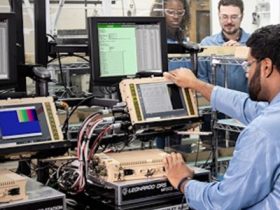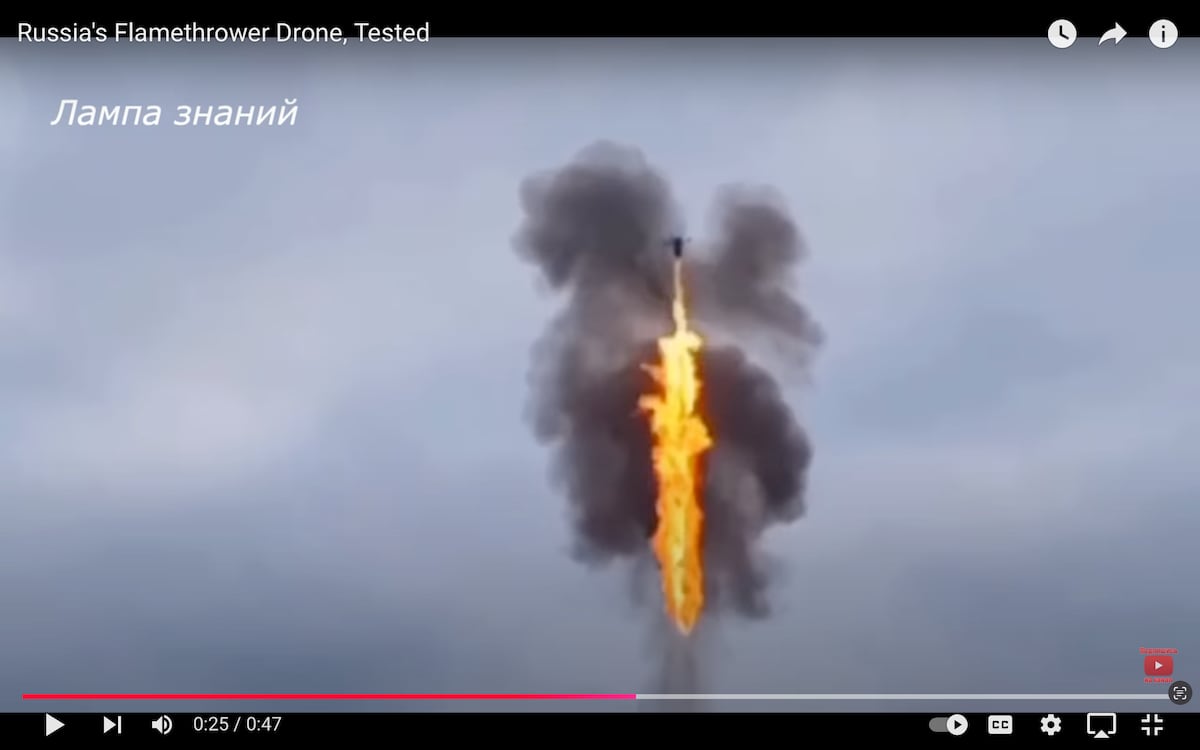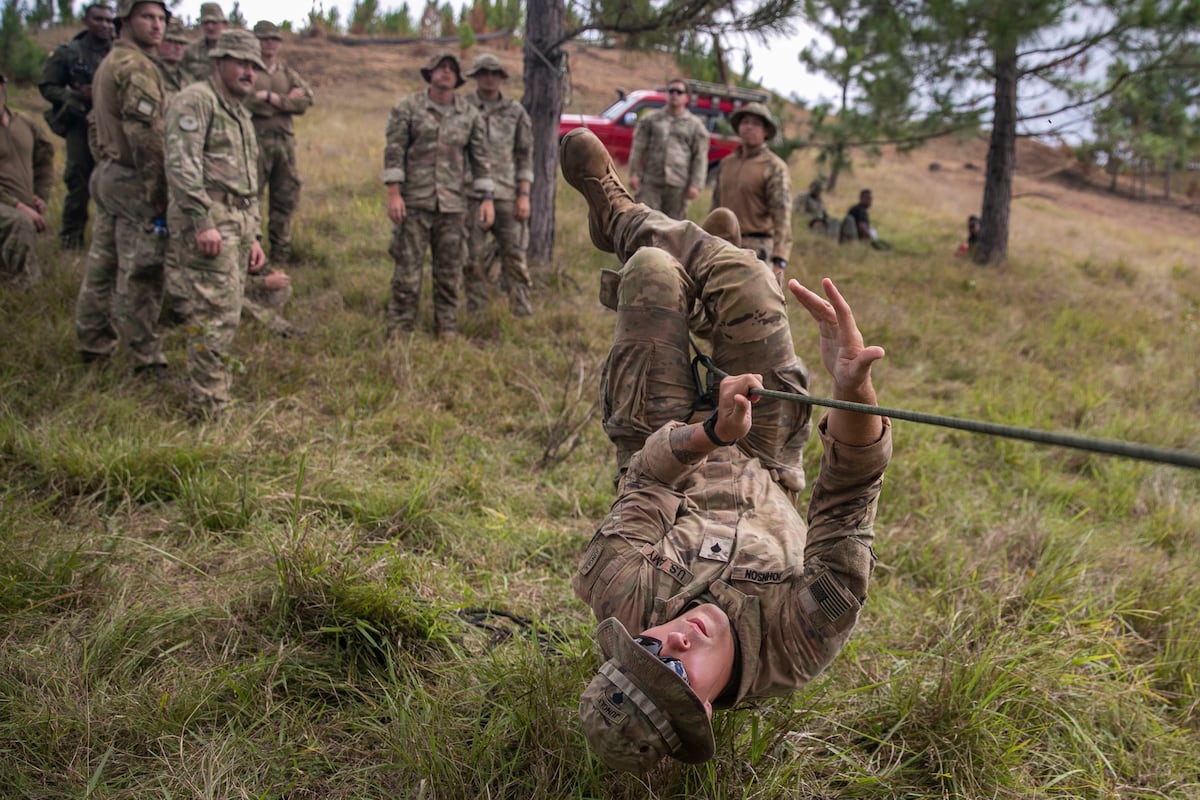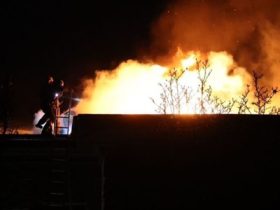The Air Force needs higher-tech tools and sensors that can monitor networks for signs of malware and sort through the millions of alerts it receives each day indicating potential compromises, according to the leader of the service’s cyber enterprise.
The Air Force’s information warfare organization, 16th Air Force, has been working over the last year to better partner with industry, academia and other government agencies to meet those high-tech requirements through an effort called the Phoenix Initiative.
The team — which is charged with integrating cyber, electronic warfare, information operations and ISR — convened a summit in August 2023 to talk through its highest priority gaps and technology needs. It then led a months-long deep dive to identify its most important mission sets and consider the most significant vulnerabilities and dependencies within those missions.
Lt. Gen. Thomas Hensley, who took the helm as commander of 16th Air Force in August, told Defense News the organization identified targeting, cybersecurity and its Distributed Common Ground System enterprise — which provides key ISR analysis and exploitation — as its highest priority missions.
Now, with those focus areas driving its efforts, the service is analyzing where within those missions it can take risks and where it needs new sensors, artificial intelligence tools and other capabilities to help it operate efficiently and respond quickly to threats.
“We’re not going to be able to hire more people to work sensors, to work systems,” he said in a Sept. 17 interview on the sidelines of the Air Force Association’s Air, Space and Cyber conference. “So, we’ve got to better understand our networks and identify those key nodes where we can put precision sensors so that we can do persistent monitoring to be able to protect that.”
Air Forces Cyber already operates precision sensors for defensive cyber operations, but as platforms and weapons become increasingly more dependent on a range of classified and unclassified networks, it needs more sensing solutions to detect potential threats.
“Everything is connected,” Hensley said. “And so, you have to have layers of different weapon systems to do the persistent monitoring to check for malware.”
Among the other technologies 16th Air Force is exploring is artificial intelligence and machine learning.
The organization receives around 2.5 million alerts of possible compromises each day, Hensley said. And while it has high-performance computers and databases to process those indications, much of that work still involves a human in the loop.
The command wants to instead use AI and ML to do content triage and data analysis, freeing up personnel to conduct more nuanced work.
“That’s where we’re engaging with industry, with other partners to see how we can create these AI/ML tools to help us move faster and more efficiently,” he said. “We’re not going to mass our way out of this.”
When it comes to getting resources to pursue these capabilities, Hensley said the organization can work through the Pentagon’s normal budget processes, but it wants to move faster.
That means it will likely include the tools in its unfunded requirements list, which the military services and other Defense Department organizations use to notify Congress of high-need capabilities that aren’t included in DOD’s annual budget request.
Hensley said the organization could have a request ready as soon as next year as part of the Fiscal 2026 budget cycle.
However, plans to elevate 16th Air Force as a service component command could complicate the process. The service hasn’t set a timeline for that transition and, when it happens, it will require personnel shifts that could slow the funding request.
Hensley added that elevating Air Forces Cyber as a direct report to Air Force Secretary Frank Kendall is a clear sign of support for the organization’s mission, which could lead to more funding and flexibility as it pursues new capabilities.
“That’s sending a clear signal that our secretary of the Air Force wants to be able to support it as much as possible,” he said. “The intent is that we want to be able to resource it … to defend our nation.”
Courtney Albon is C4ISRNET’s space and emerging technology reporter. She has covered the U.S. military since 2012, with a focus on the Air Force and Space Force. She has reported on some of the Defense Department’s most significant acquisition, budget and policy challenges.
Read the full article here








Leave a Reply